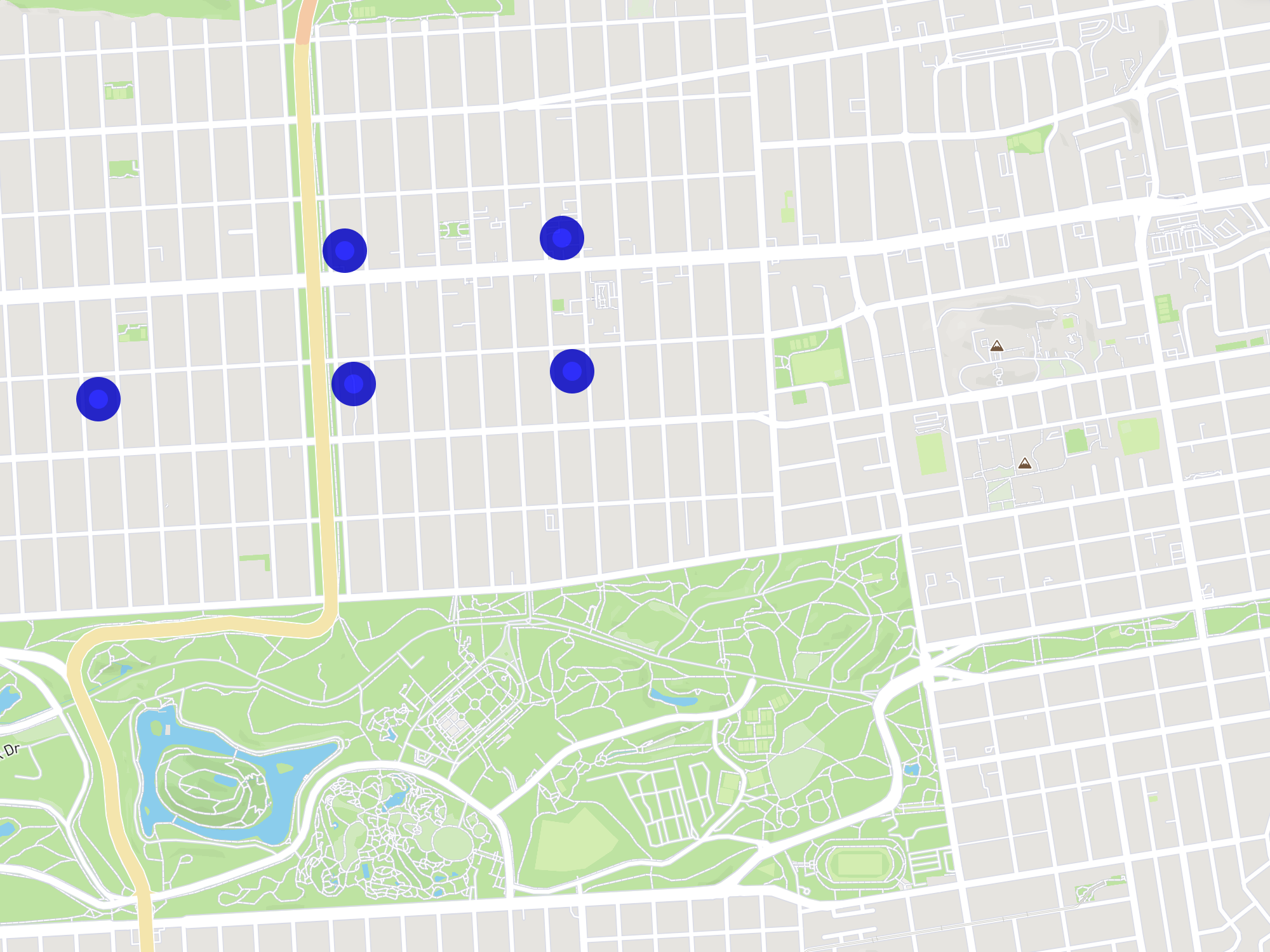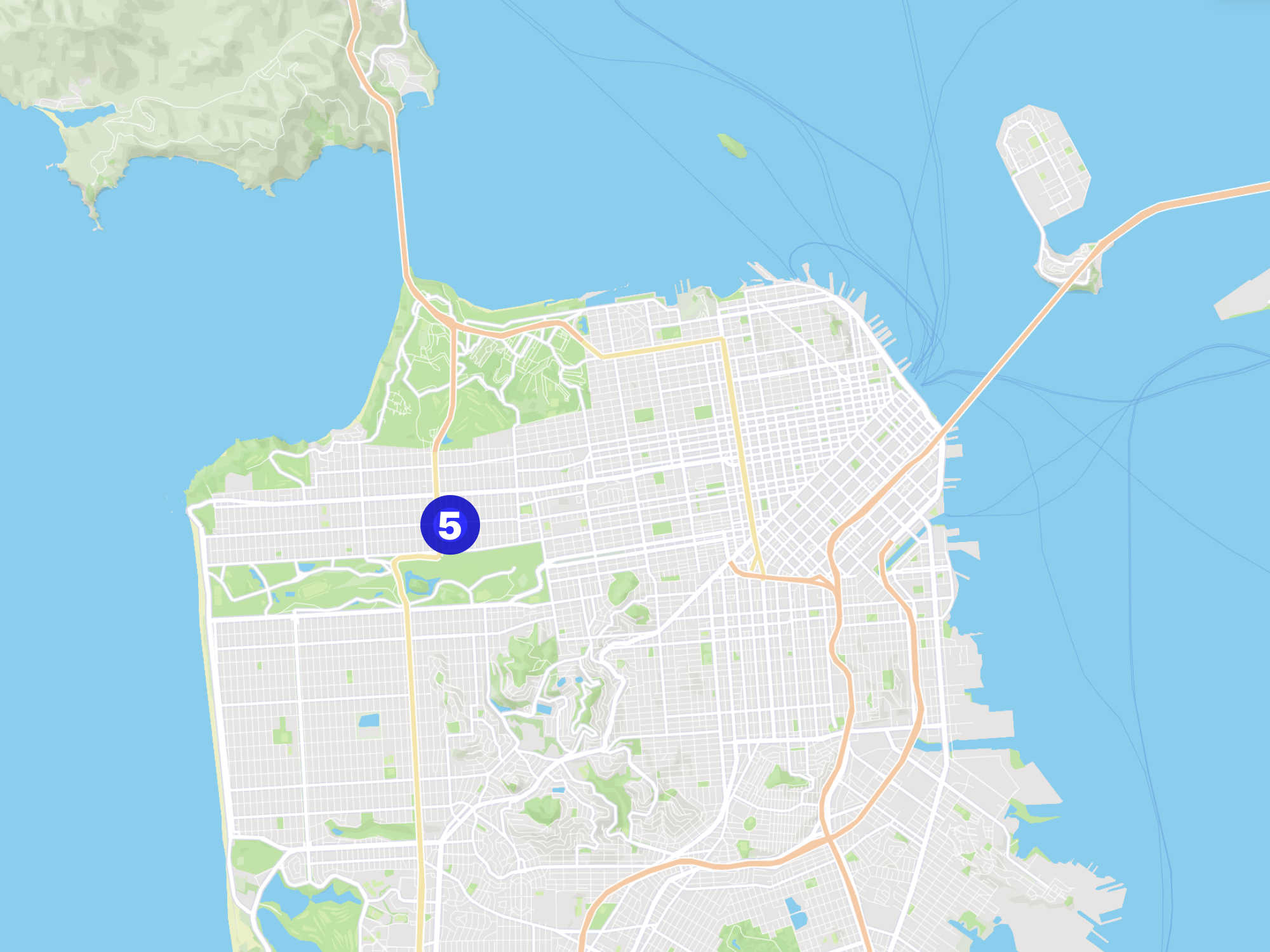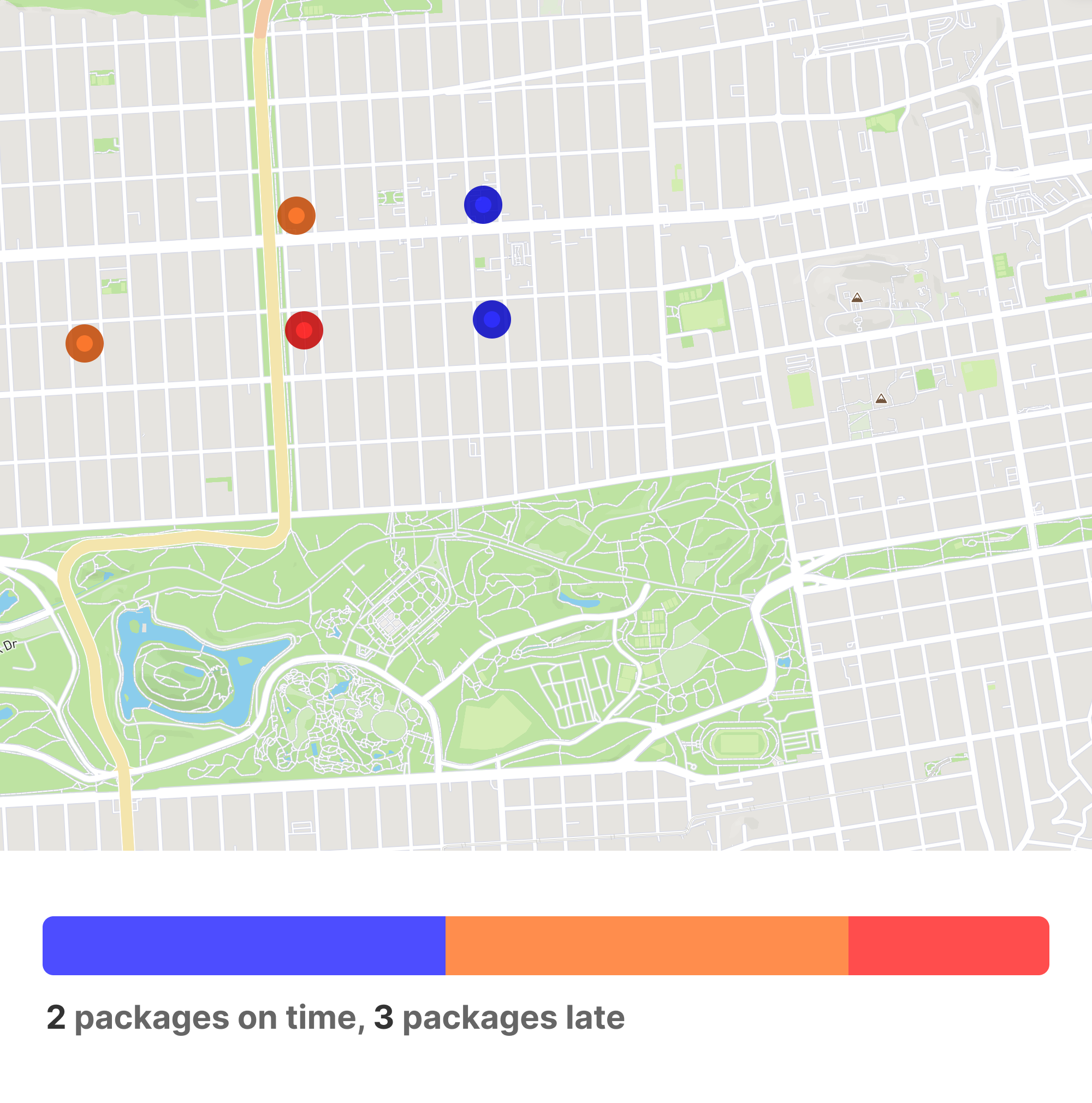During my summer internship at Ninja Van, I had the opportunity to work as a backend engineer in the Tooling and Automation team, where I contributed to the development of an innovating project: Blaze.
Ninja Van is a tech and logistics startup based in Southeast Asia. The company is involved in package delivery in Singapore, Myanmar, Malaysia, Philippines, Indonesia, Thailand, and Vietnam.
Blaze
The project I worked on was Blaze, a tool to automate database migrations.
The process for database migrations involved contacting multiple managers and was very tedious:
- Write the alter SQL statement
- Test it locally
- Get it checked by a manager
- Send it to a database administrator
- Schedule downtime and make the migration on the database
This process often took a long time as it was bottlenecked by the few database administrators.
Blaze made this process easier:
- Submit a form with the fields of database name, table name, manager name, and alter SQL statement
- Have the test (no-operation) migration run automatically, and alert the user of any errors
- Notify the manager of the request
Once the migration request is approved by the manager, the migration starts automatically, without requiring downtime. If any error occurs, the migration is reversed.
Tech stack
This project used Go, Gin, Kubernetes, and gh-ost. To run a migration, gh-ost was run in a Kubernetes job. This keeps migrations separate from each other, and allow multiple migrations to run simultaneously regardless of what happens in other migrations or to the backend service.
Company Hackathon
In the first week of the internship, my team went for a hackathon. The topic was to create any product that could improve the lives of Ninja Van employees. My team decided to improve the rider and delivery interface.
Currently, the rider interface shows an unordered list of parcels, statuses, and their delivery addresses. These parcels are mapped out on the interface, but it does not help as there is no clustering, and clicking on parcels does not pinpoint their location on the map.
To improve this, we made a new frontend with various changes:
- Display less parcels in the list
- Clicking on the parcel point on the map displays more information (address, parcel status, ...)
- Zooming out on the map clusters parcels together if they are in a similar location
- Color parcels by status (for example, blue for on time, yellow for late, red for more late)
I worked on the mapping and clustering features. The final product looked something like this:

And once zoomed out, the 5 points are clustered into one:

To make it easier to read statuses, we had color-coded each point and added a graph at the bottom:
